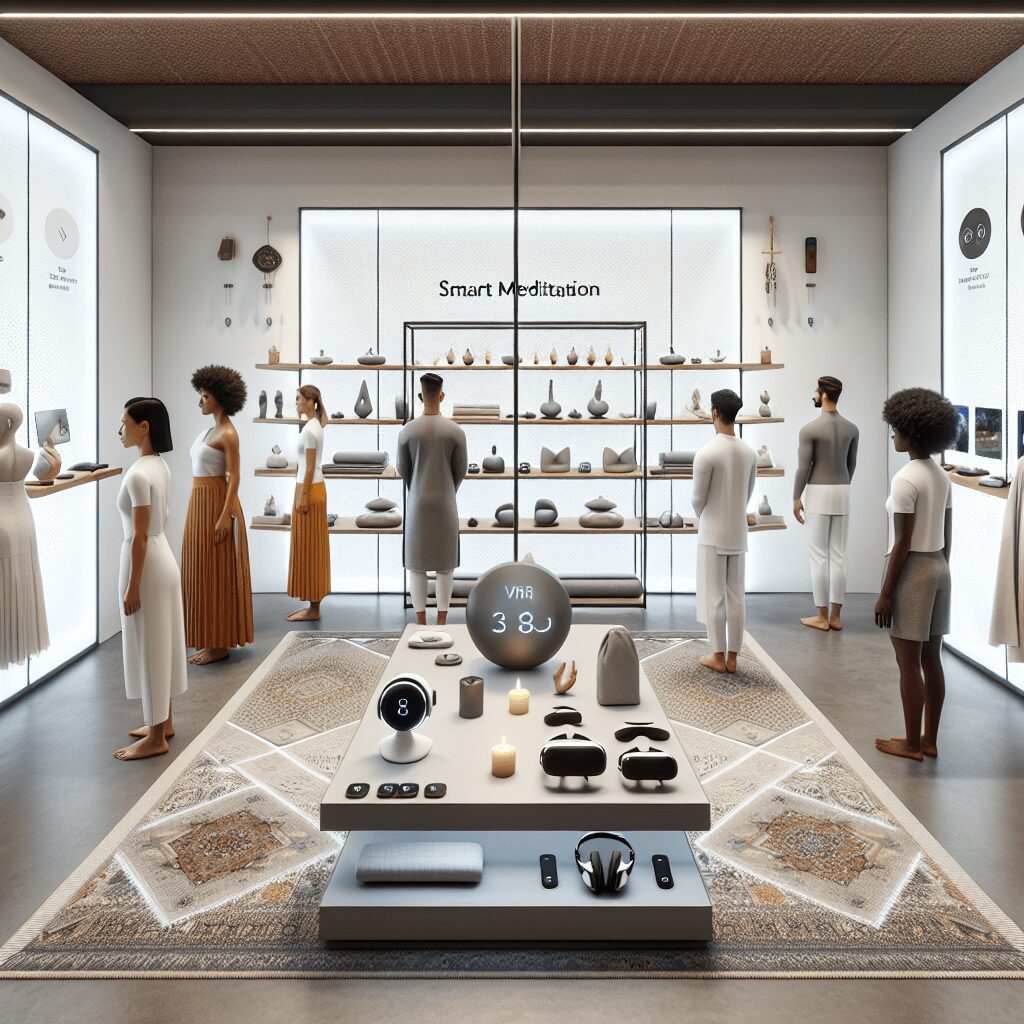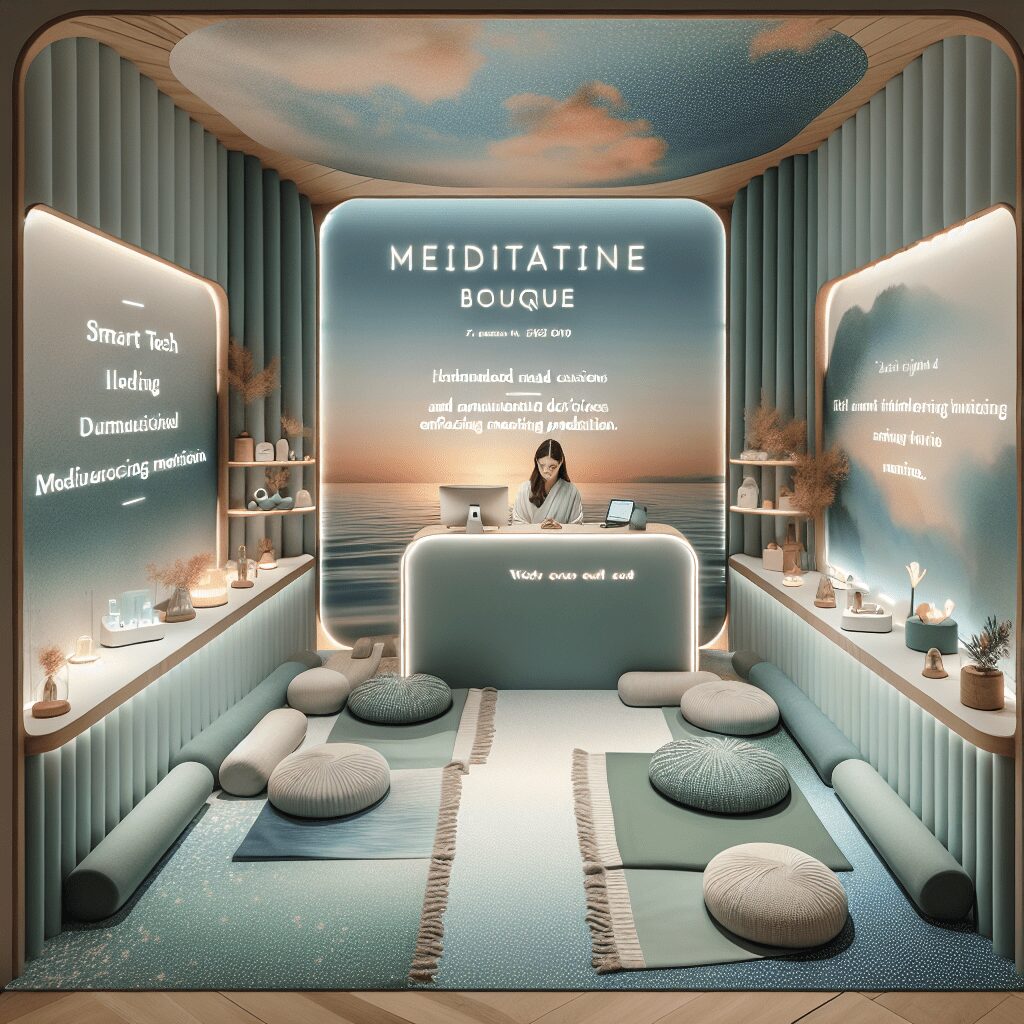
Prioritize your mental well-being daily. Enhance your life by nurturing your mental health with the Smart Meditation app. Break free from stress, alleviate anxiety, and enhance your sleep quality starting today.
What Is Difference Between Anxiety And Depression?
Unlocking the Mysteries: Anxiety vs. Depression
In the whirlwind of modern life, it’s become increasingly common to hear people casually mention they’re feeling anxious or depressed. These terms, however, are not just mere labels for fleeting emotions; they signify profound mental health issues that impact lives daily. While they might seem interchangeable to the untrained ear, anxiety and depression are distinct conditions with unique symptoms, treatments, and challenges. Let’s dive into the nuances of each, clearing up misconceptions and highlighting their differences.
The Psychological Portrait of Anxiety
Imagine anxiety as the body’s built-in alarm system, a kind of psychological radar constantly scanning for incoming threats. When it functions correctly, it helps us stay alert and focused, encouraging action in the face of genuine dangers. However, when the system goes haywire, it doesn’t just ring for real threats; it blares nonstop, triggering overwhelming and often irrational fears. This condition manifests through various symptoms such as:
- Persistent worry or feeling keyed up
- Irritability or restlessness
- Palpitations or an accelerated heart rate
- Sweating, trembling, or dizziness
- Difficulty concentrating or mind going blank
Anxiety is often anticipatory, projecting fears onto future events, leading someone to avoid certain situations entirely. Types of anxiety disorders include Generalized Anxiety Disorder (GAD), Panic Disorders, and Social Anxiety Disorder, among others. Each carries its own set of worries, but they all share the common thread of excessive fear or anxiety.
Decoding Depression: A Closer Look
Depression, on the flip side, is akin to being enveloped in a thick fog that dims everything around you. It affects how you feel, think, and handle daily activities. This mood disorder creates a persistent feeling of sadness and loss of interest, draining the color from life’s pleasures. Signs that someone might be wading through the quagmire of depression include:
- A pervasive sense of sadness, emptiness, or hopelessness
- Loss of interest in hobbies or activities once enjoyed
- Changes in appetite or weight, either up or down
- Sleep disturbances, either insomnolence or hypersomnia
- Fatigue or loss of energy
- Feelings of worthlessness or excessive guilt
- Difficulty thinking, concentrating, or making decisions
Unlike anxiety, depression often anchors its sufferers to the past, sometimes with overpowering feelings of guilt or regret. This condition can lead to a profound sense of isolation, making everyday tasks feel insurmountable.
Navigating the Crossroads: When Anxiety and Depression Merge
Complicating the landscape further, anxiety and depression can coexist. It’s not unheard of for someone to oscillate between these states or to experience them simultaneously. This overlap can muddy the waters, making diagnosis and treatment more challenging.
Illuminate the Path: Seeking Help
Recognizing the differences between anxiety and depression is a vital first step in seeking help. If you or someone you know is struggling, it’s essential to reach out to a healthcare provider. They can perform a comprehensive evaluation and create a personalized treatment plan. Options may include therapy, medication, lifestyle changes, or a combination thereof.
Beyond the Horizon: The Journey to Wellness
While the battle against anxiety and depression can seem daunting, it’s important to remember that they are both treatable conditions. With the proper support and resources, individuals can not only manage their symptoms but thrive. Acknowledging the struggle is the first step toward healing. In the odyssey of mental health, understanding and compassion are your steadfast companions, illuminating the path away from the shadows of anxiety and depression toward a brighter, healthier future.
So, what are you waiting for? If you’re grappling with these feelings, seize the moment. Talk about it, seek help, and start your journey back to wellness. Remember, it’s okay not to be okay, but it’s even better to take that first step towards getting better.





